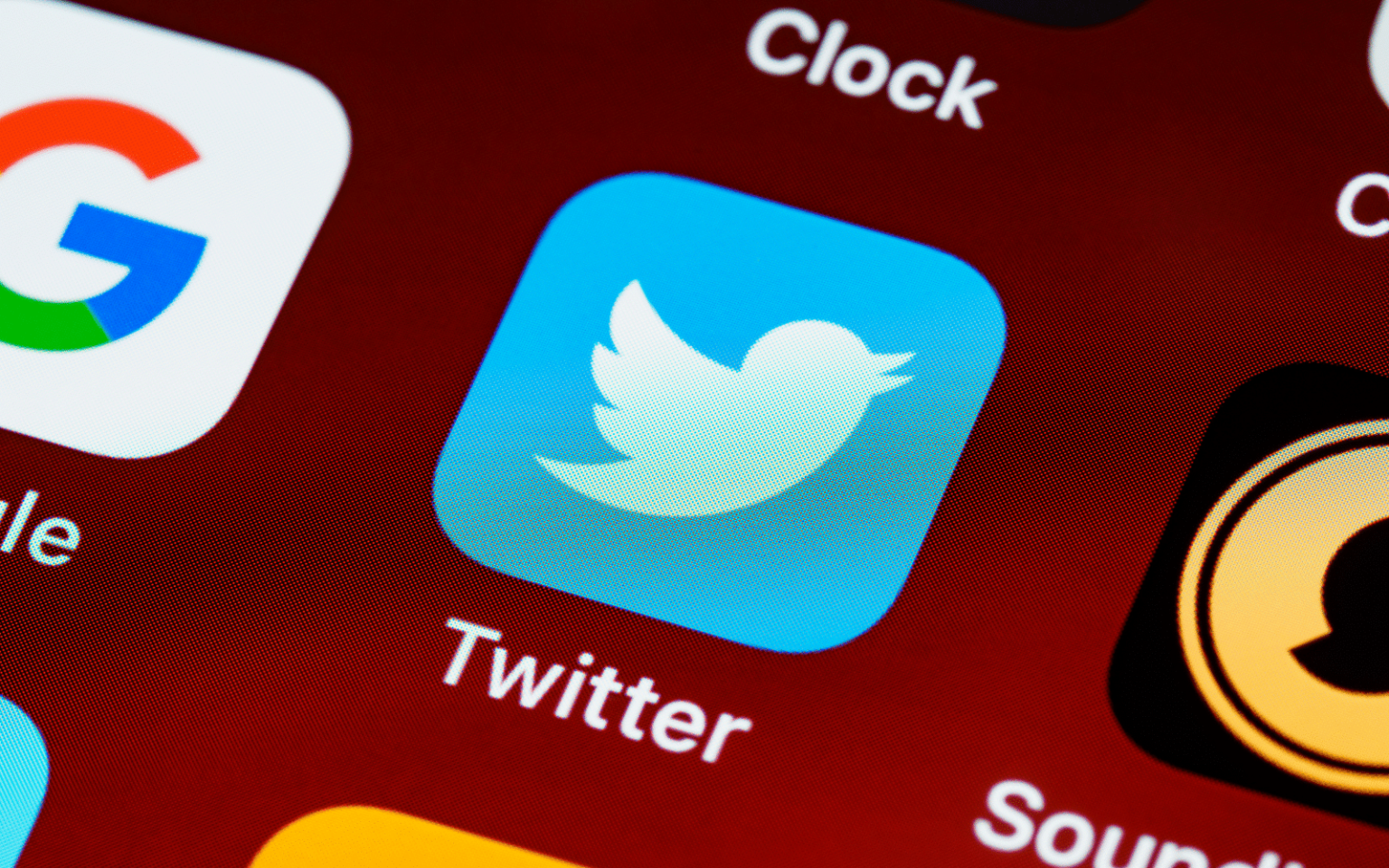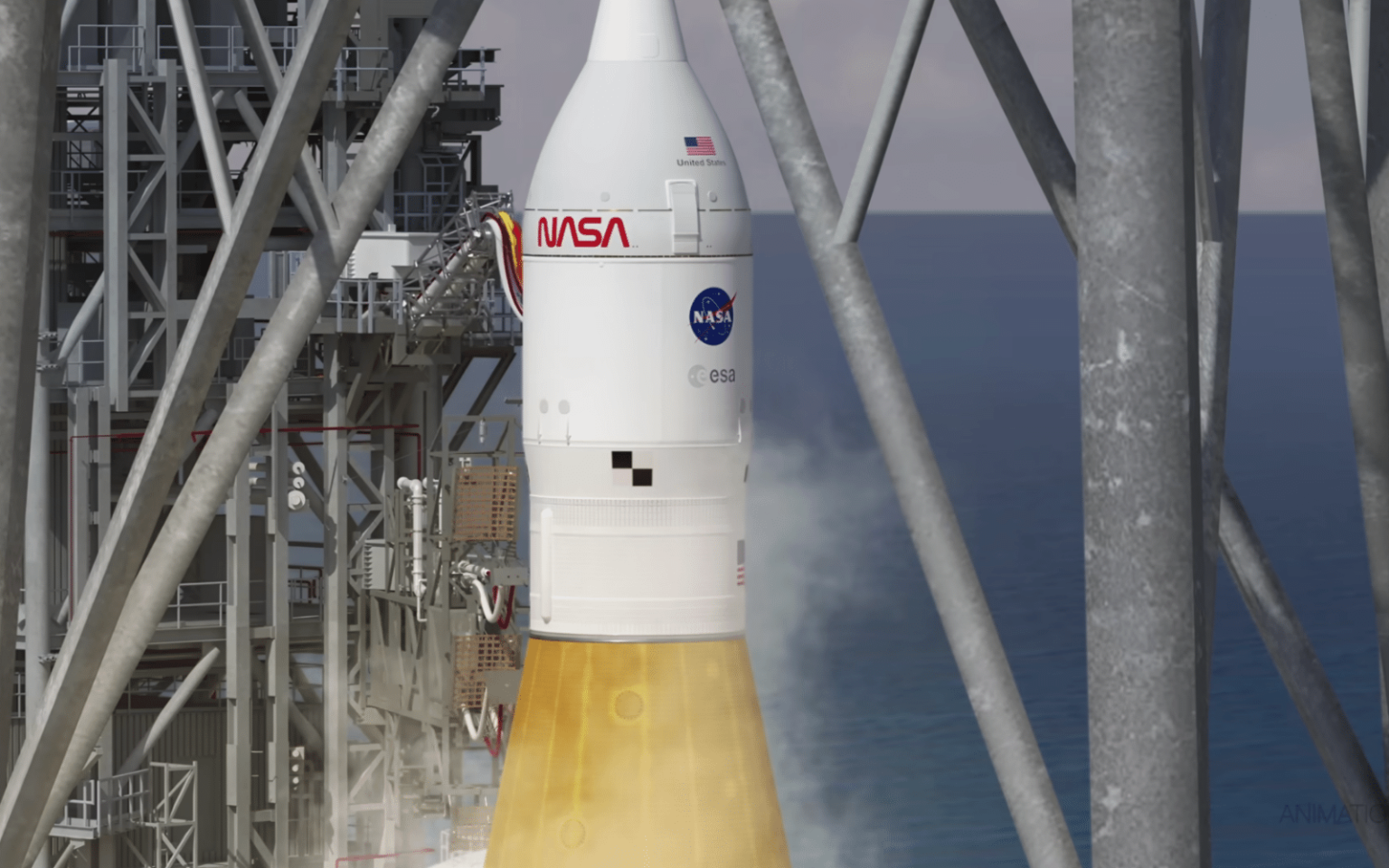What do a cybersecurity researcher building a system to generate alerts for detecting security threats and vulnerabilities, a wildfire watcher who tracks the spread of forest fires, and public health professionals trying to predict enrollment in health insurance exchanges have in common? They all rely on analyzing data from Twitter. Twitter is a microblogging service, meaning it’s designed for sharing posts of short segments of text and embedded audio and video clips. The ease with which people can share information among millions of others worldwide on Twitter has made it very popular for real-time conversations. Whether it is people tweeting about their favorite sports…
Author: The Conversation
The big idea My colleagues and I have developed a flexible, stretchable electronic device that runs machine-learning algorithms to continuously collect and analyze health data directly on the body. The skinlike sticker, developed in my lab at the University of Chicago’s Pritzker School of Molecular Engineering, includes a soft, stretchable computing chip that mimics the human brain. To create this type of device, we turned to electrically conductive polymers that have been used to build semiconductors and transistors. These polymers are made to be stretchable, like a rubber band. Rather than working like a typical computer chip, though, the chip we’re working with, called…
Just a few hundred feet from where we are sitting is a large metal chamber devoid of air and draped with the wires needed to control the instruments inside. A beam of particles passes through the interior of the chamber silently at around half the speed of light until it smashes into a solid piece of material, resulting in a burst of rare isotopes. This is all taking place in the Facility for Rare Isotope Beams, or FRIB, which is operated by Michigan State University for the U.S. Department of Energy Office of Science. Starting in May 2022, national and international…
November 15 2022 marks a milestone for our species, as the global population hits 8 billion. Just 70 years ago, within a human lifetime, there were only 2.5 billion of us. In AD1, fewer than one-third of a billion. So how have we been so successful? Humans are not especially fast, strong or agile. Our senses are rather poor, even in comparison to domestic livestock and pets. Instead, large brains and the complex social structures they underpin are the secrets of our success. They have allowed us to change the rules of the evolutionary game that governs the fate of most…
The football teams of 32 nations are gathered in Qatar for the quadrennial FIFA World Cup. Some 5 billion people around the world are expected to tune in to watch matches over the course of the month-long tournament. These enormous audiences will be ready to applaud great play – and to howl ferociously when a referee’s decision goes against their team. To ensure the tough decisions are fair and accurate, FIFA (the Fédération Internationale de Football Association, the sport’s global governing body) has invested not only in the best human referees but also in the latest and greatest in technological tools. Video replays…
NASA has just launched its first rocket in the Artemis program, which will, among other things, take scientific experiments to produce metal on the Moon. In recent years, a number of businesses and organisations have ramped up efforts to establish technologies on the Moon. But doing work in space is expensive. Sending just one kilogram of material to the Moon can cost US$1.2 million (A$1.89 million). What if we could save money by using the resources that are already there? This process is called in-situ resource utilisation, and it’s exactly what astrometallurgy researchers are trying to achieve. Why the Moon? The Moon has amazing potential…
South Africa has the dubious distinction of having one of the highest rates of unemployment and inequality in the world. It is also one of the world’s most emissions-intensive economies, measured in greenhouse gas emissions per unit of economic output. The co-existence of high unemployment and high emissions intensity is not a coincidence. South Africa’s history of segregation and apartheid has had profound implications for its development path. Choices were made that favoured investment in capital rather than labour. Economic growth was based, in part, on cheap (coal-based) energy, overlooking its high emissions. Coal has been the dominant fuel in…
Ageism refers to the stereotypes (how we think), prejudice (how we feel) and discrimination (how we act) we might hold towards others or ourselves based on age. Ageism is a unique form of discrimination, given that it’s universal — it’s often referred to as the last acceptable form of discrimination. Ageism often intersects with other forms of discrimination, including sexism, racism and ableism. When it comes to the development and distribution of technology, ageism has important implications. It not only shapes whether new technologies are adopted by older adults, but it also influences how new technologies are developed and marketed. In recent years, there…
Posting on Twitter has changed since Elon Musk finalized his $44 billion takeover of the micro-blogging platform. One of Musk’s first orders as CEO: Adding opt-in paid verification to the social networking platform’s Twitter Blue program. Previously, account verification was used to credibly identify people or organizations of public interest and did not require payment. Musk’s changes allowed anyone on Twitter to get a blue check on their account for a monthly fee. Musk claimed the change would support Twitter’s revenue. However, the opposite appears to have taken place. Within weeks of Musk’s takeover, verified users from luxury fashion house Balenciaga to Whoopi Goldberg, Stephen Fry and showrunner Shonda Rhimes announced their departures.…
Each year, as the festive season arrives, we must also keep an eye out for potential scammers trying to ruin the fun. This is because scammers become more active during the holidays, targeting us while we have our guard down. So far in 2022, Australians have lost around half a billion dollars to scams, which is already significantly more than had been lost by this time last year. The majority of these losses – around $300 million – have involved investment or cryptocurrency scams. Researchers from Deakin University’s Centre for Cyber Security Research and Innovation had a opportunity to interview recent victims of these scams. Here…










